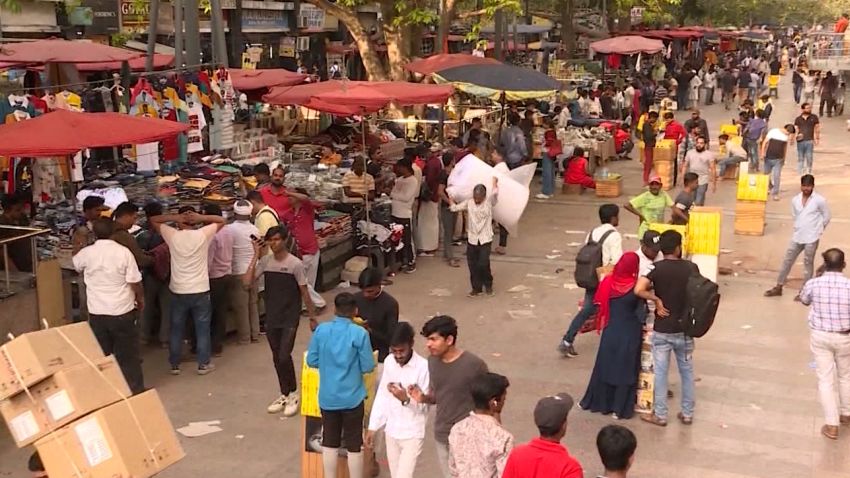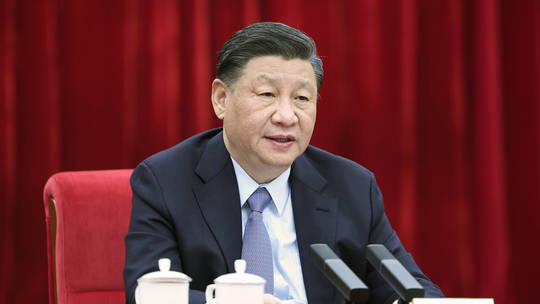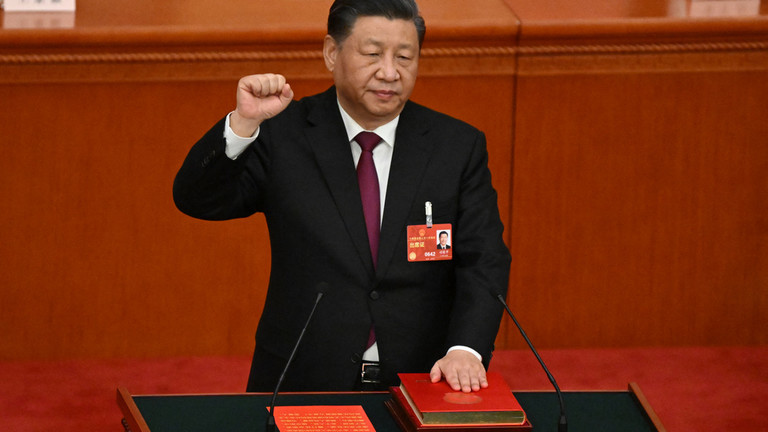What came next, how India's population soared past that of China
April 29, 2023Tweet

The UN's latest calculations show that India will have more people than China by the end of this weekend, marking an epochal shift in global demographics. This is due to restrictive policies limiting families to one child, which slowed China's birth rate, allowing India to pull ahead. Fertility is key to understanding what drives the rise or fall of a country's population, and India's fertility rate dropped to 2.0 in the latest nationwide assessment period from 2019 to 2021. Demographic momentum can explain the rise in population despite a drop in the fertility rate, as younger, large cohorts are still growing into that age when they become parents. India's fertility rate is uneven across the country, leading to a north-south divide that sees more babies produced in the north.
All but five states are below replacement level, and in southern states, a different pattern emerges. The UN's classification of India as an "aging society" indicates that 7% of its population is age 65 or older. India's population is expected to peak at 1.7 billion in 2064, and the estimated median age in 2023 is 28. India's working-age population is expected to hit 1 billion over the next decade. India is one of the world's poorest countries per capita, but its nearly $3.5 trillion economy is now the world's fifth largest and among the fastest growing.
It is expected to outperform all other major economies with growth of 6.6% in 2023, but poverty remains a daily reality for millions of Indians, particularly in economically disadvantaged regions in the north. Experts say strong policies are needed to capitalize on India's youth and create high-value jobs. India is moving up the global economic league tables, but poverty remains a daily reality for millions of Indians. India needs to invest in education beyond primary school, especially for women, to increase their participation in the work force. Women's participation rate in the labor force was 19% in 2021, one of the lowest in Asia.
To ensure women stay in work, more options for temporary contraception are needed. If India doesn't get the balance right, it risks wasting its potential and creating a youth population with few opportunities for income generation.
Comments
Related news

A spy balloon tracked across the US postpones the US secretary of state's China trip.
Read more
Pentagon is redeploying to ward off China and Russia - WSJ
Read more
In response to news of a NATO office in Japan, China
Read more
In maritime patrols, Taiwan confronts China
Read more
America warns China and Russia about alternatives to the dollar
Read more
NATO chief warns China
Read more
China criticises Japan's plans for nuclear waste
Read more
US trying to restrain China—Xi
Read more
Xi Jinping was re-elected as president of China.
Read more